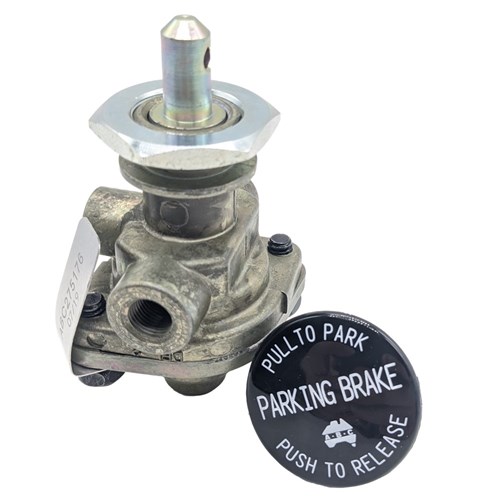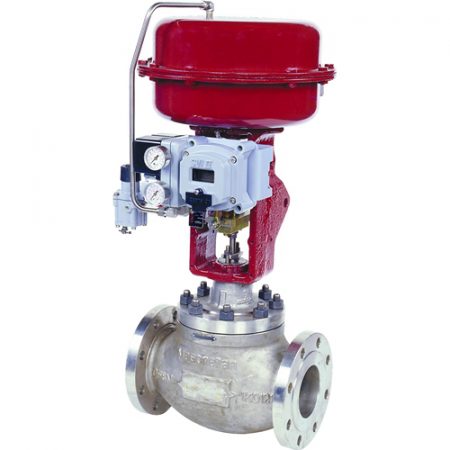Efficient Control Valves: Trick Components for Efficient System Administration
Efficient Control Valves: Trick Components for Efficient System Administration
Blog Article

Maximize Energy Savings and Convenience With Advanced Building Automation Controls
In the realm of modern-day design and center management, the combination of sophisticated structure automation controls stands as an essential advancement. By utilizing the power of automation, structures can adapt, react, and advance in methods that were once unthinkable.
Power Efficiency Perks
Energy performance advantages can significantly decrease energy intake and functional prices in structures. By executing energy-efficient methods and modern technologies, building owners and operators can accomplish significant savings while likewise adding to ecological sustainability. One of the main benefits of improving power performance in buildings is the reduction of utility expenses. Energy-efficient systems, such as innovative building automation controls, can maximize using resources like air conditioning, heating, and lighting, causing reduced power expenditures gradually.
Additionally, enhanced power performance can extend the lifespan of structure devices and systems. By operating extra successfully, cooling and heating systems, light, and other structure components experience much less damage, causing minimized maintenance and substitute costs. In addition, energy-efficient structures commonly command higher residential property values and rental prices, supplying long-lasting financial advantages to proprietors.
Additionally, power efficiency can enhance owner convenience and performance. Appropriately regulated indoor settings with ideal lighting and thermal problems produce an even more favorable and positive work space, leading to enhanced staff member complete satisfaction and efficiency. Overall, the energy effectiveness advantages connected with sophisticated structure automation controls are complex, encompassing cost savings, ecological stewardship, and occupant well-being.
Improved Convenience Control
Enhancing comfort control in building atmospheres needs an innovative integration of innovative automation systems for optimum owner wellness. By utilizing innovative structure automation controls, facilities can tailor the interior environment to fulfill the certain needs and choices of passengers. control valves.
Improved convenience control exceeds basic temperature level modifications. It includes attributes such as tailored settings, occupancy sensing units, and natural light utilization to develop a dynamic and responsive atmosphere. By including these advanced controls, structures can not just boost convenience but likewise enhance energy performance by optimizing system procedures based on actual tenancy and usage patterns. Inevitably, focusing on occupant convenience through innovative automation systems causes a more satisfying and healthier indoor setting.
Operational Performance Improvements

Additionally, the execution of real-time monitoring and analytics tools allows structure drivers to recognize energy inadequacies and functional anomalies promptly. By continually keeping track of power usage patterns and system performance metrics, adjustments can be made in real-time to enhance energy intake and make sure peak operational performance. control valves. Furthermore, including demand feedback methods into structure automation controls can even more improve operational effectiveness by dynamically readjusting power usage based on grid conditions and rates signals
Indoor Climate Optimization
Reliable indoor climate optimization is an essential element of structure automation controls, ensuring residents' convenience and health while optimizing energy cost savings. By making use of sophisticated sensing units and controls, developing automation systems can continuously keep an eye on and adjust temperature level, humidity degrees, air top quality, and air flow to produce an ideal Learn More interior atmosphere. Maintaining comfy and regular problems not only improves resident fulfillment however likewise increases productivity and total health.
Interior climate optimization likewise plays a critical duty in energy effectiveness. By fine-tuning ventilation, air conditioning, and home heating systems based upon real-time information and tenancy patterns, building automation controls can dramatically reduce power consumption - control valves. Carrying out techniques such as demand-controlled ventilation and thermal zoning can aid reduce power waste while making sure that each area of the structure gets the essential conditioning.

Sustainable Environment Development
Building automation manages not only maximize indoor climate problems for power efficiency and occupant convenience but also lay the foundation for creating a sustainable setting with calculated administration of sources and systems. By integrating sophisticated building automation technologies, such as sensors, actuators, and intelligent software program, centers can change and keep an eye on energy usage in real-time to decrease waste and lower their carbon impact. These systems allow anticipating maintenance, recognizing potential problems before they intensify and maximizing tools efficiency to boost durability and performance.
Moreover, lasting setting creation prolongs beyond power management to encompass water preservation, waste decrease, and indoor air high quality enhancement. Structure automation controls can regulate water usage, detect leaks, and make certain correct garbage disposal techniques, adding to total sustainability efforts. Additionally, by regulating and monitoring ventilation and filtration systems, these innovations boost passenger health and wellness and productivity while reducing energy usage connected with a/c procedures.
Verdict
To conclude, advanced structure automation controls deal significant benefits in regards to power savings, comfort control, functional effectiveness, indoor environment optimization, and developing a lasting environment. By applying these controls, structures can achieve optimal efficiency while lowering click for more power intake and boosting resident convenience. It appears that making use of innovative automation innovation is crucial in enhancing structure efficiency and producing a more lasting future.
Power effectiveness benefits can significantly minimize power intake and functional costs in structures. In general, the power effectiveness advantages connected with innovative structure automation controls are multifaceted, encompassing price savings, environmental stewardship, and resident Source health.
Furthermore, including demand action techniques right into structure automation controls can even more boost operational efficiency by dynamically changing power usage based on grid problems and rates signals.
Building automation regulates not just maximize interior environment conditions for power performance and occupant comfort yet additionally lay the structure for creating a sustainable environment with critical management of sources and systems.In conclusion, progressed building automation controls offer substantial advantages in terms of power savings, convenience control, functional efficiency, indoor climate optimization, and producing a lasting atmosphere.
Report this page